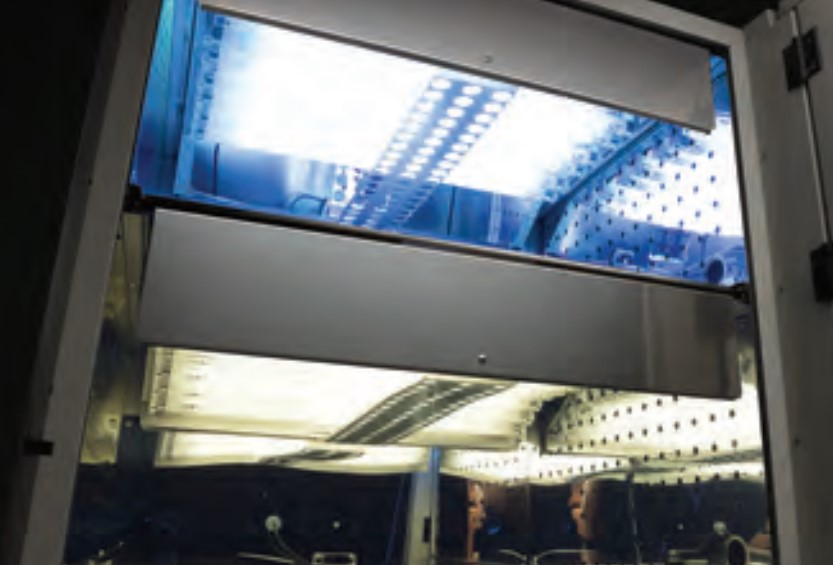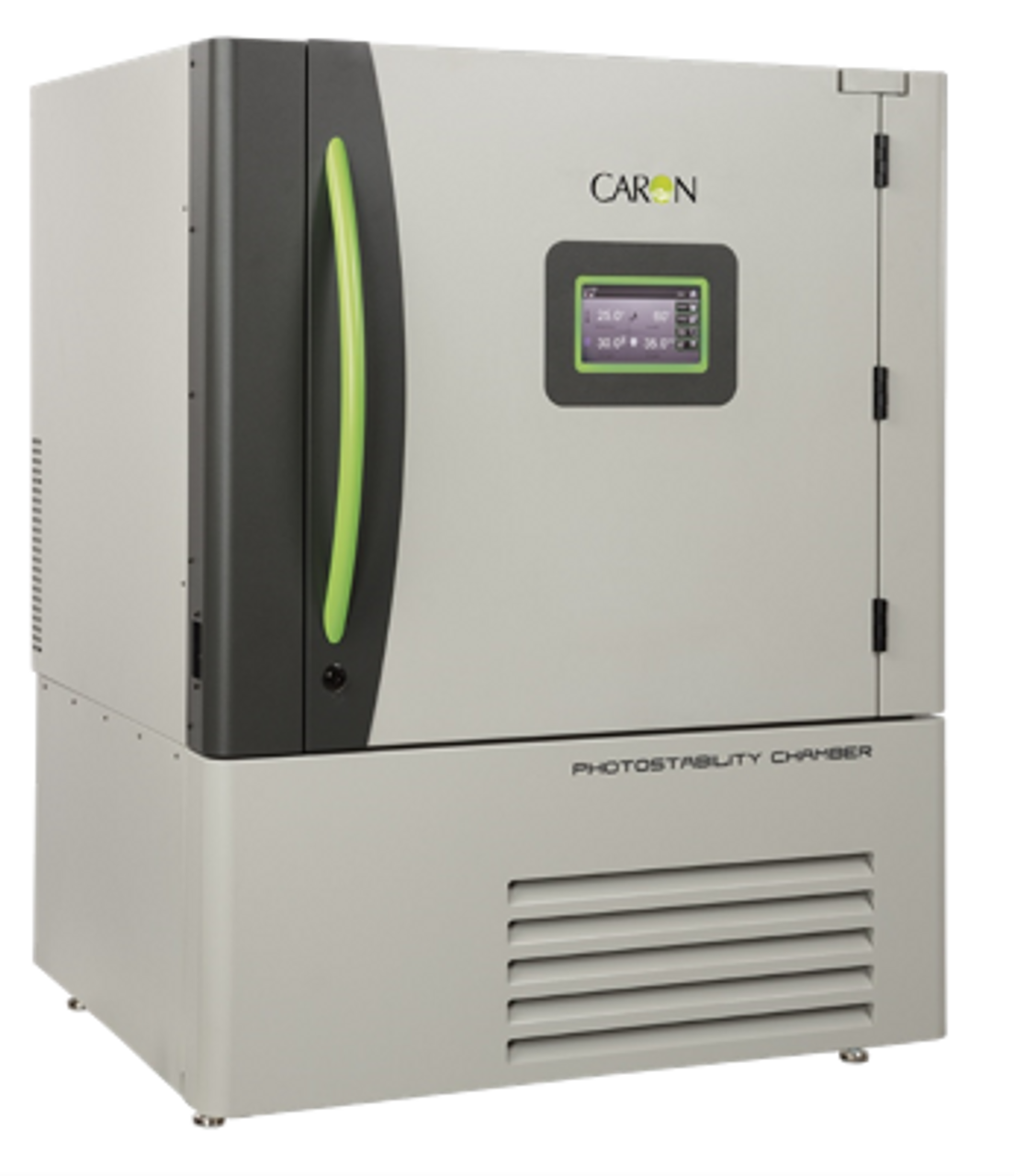Over time, exposure to visible and UV light alters the molecular make-up and stability of things.
Spend a few hours at the beach and your skin cells will reward or punish you with a tan or horrible burn.
Consumer products like food, cosmetics and pharmaceuticals may need to be tested to determine how light radiation affects their stability and safety.
When required, the FDA stipulates photostability testing follow a set of guidelines developed back in 1997 by the ICH, which stands for: ”International Conference on Harmonization of Technical Requirements for Registration of Pharmaceuticals for Human Use”.
ICH rules were created to streamline the process of getting new drugs to market by eliminating testing variables so each member country would not have to re-test before granting approval.
What does the photostability testing term ICH Q1B mean?
The ICH came up with a formula for measuring a specific amount of light radiation exposure over time thought to be a fair representation of what a consumer product would experience.
To meet Q1B qualifications, a drug or product needs to be exposed to three months of indoor lighting and one to two days of direct sunlight through a window.
Obviously, waiting three months for results is impractical, so a photostability chamber must be designed to replicate these conditions as quickly as possible without overexposure that could invalidate the testing.
Assuming indoor lighting delivers 500lux of brightness for one hundred days, we get an equivalent of 1.2M lux-hr.
Since sunlight intensity varies globally, a subjective unit of measure of 200 W-hr/m2 was chosen.
How does a photostability chamber accelerate light exposure?
Photostability chambers are constructed with highly polished interiors and banks of powerful lights that compress months of radiation into a few days.

Depending on which of the two ICH Q1B methods are chosen for delivering accelerated light, results can be ready within forty to sixty hours.
Caron photostability chambers follow ICH Q1B Option II standards.
There are two ways to design a photostability chamber to deliver light radiation; these are known as Option I and Option II.
Option I chambers use a single light source to deliver both visible and UVA wavelengths of light.
Option II chambers split these duties into two separate groups of lights.
Option I chambers are known to produce high exposure levels and generate heat. Additionally, maintaining light uniformity from a single source is challenging; all of which make them difficult to validate.
Option II photostability chambers run cooler and are easy to validate since a separate light source provides each illumination type.
Caron photostability chambers have been shown to be the fastest to reach ICH Q1B standards of any chamber on the market.
Caron photostability chambers are available with and without humidity giving them a broad range for food, cosmetics, vaccine and pharmaceutical testing.


